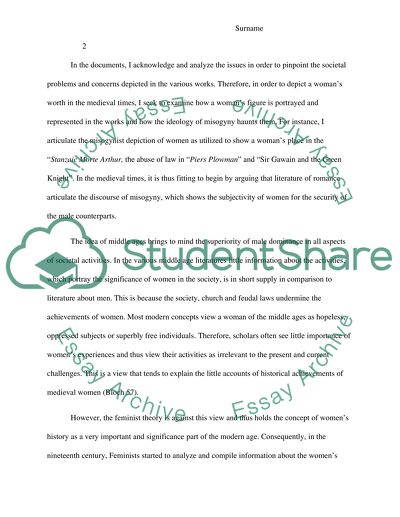Cite this document
(“Misogyny in medieval romance literature Essay Example | Topics and Well Written Essays - 2500 words”, n.d.)
Retrieved from https://studentshare.org/literature/1498386-misogyny-in-medieval-romance-literature
Retrieved from https://studentshare.org/literature/1498386-misogyny-in-medieval-romance-literature
(Misogyny in Medieval Romance Literature Essay Example | Topics and Well Written Essays - 2500 Words)
https://studentshare.org/literature/1498386-misogyny-in-medieval-romance-literature.
https://studentshare.org/literature/1498386-misogyny-in-medieval-romance-literature.
“Misogyny in Medieval Romance Literature Essay Example | Topics and Well Written Essays - 2500 Words”, n.d. https://studentshare.org/literature/1498386-misogyny-in-medieval-romance-literature.


